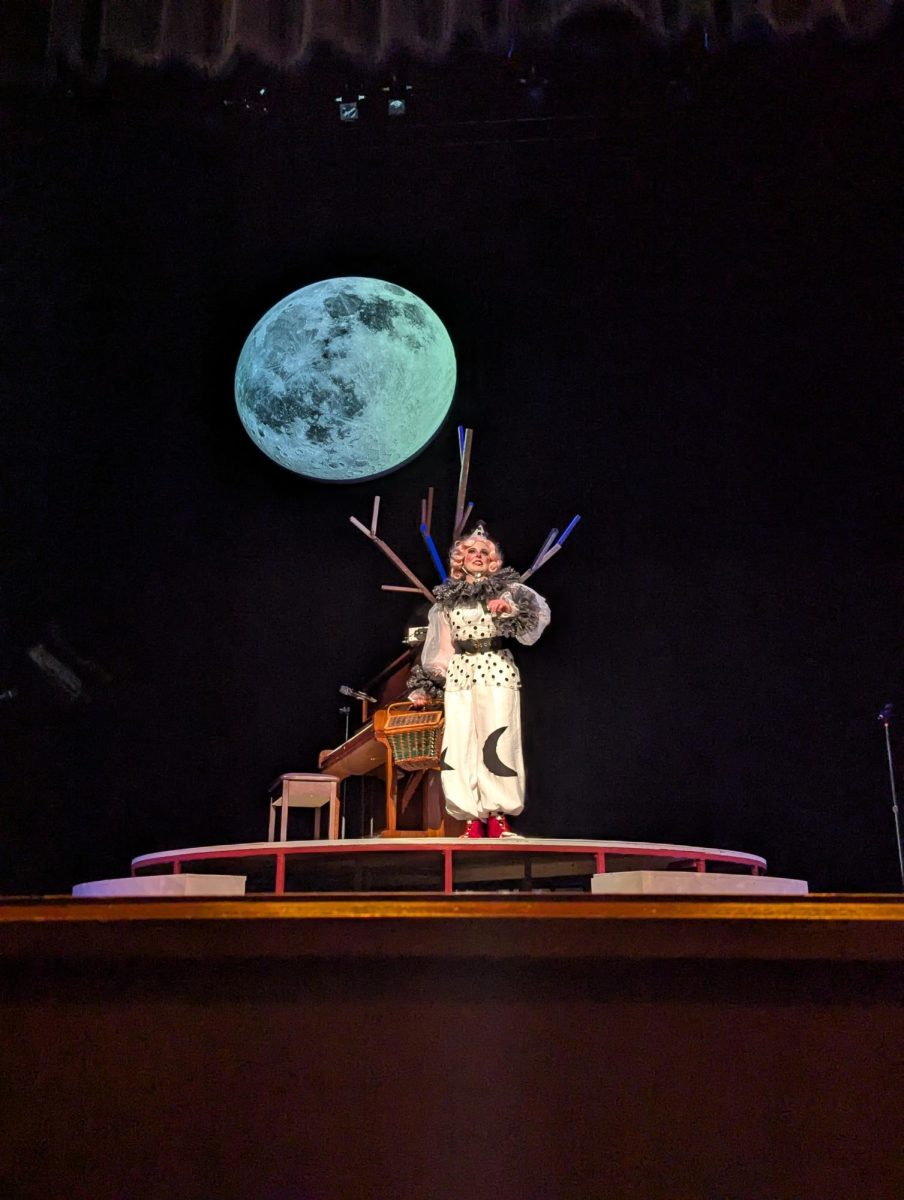Earlier this month, NBC announced that Jimmy Fallon would take over “The Tonight Show” in spring 2014. Though this is a major announcement and has been a source of countless articles and discussion for the television industry and passionate, informed viewers who follow the intricate workings of late night television, I have recently found myself explaining the decision and its many ramifications to my friends, family, co-workers and even casual acquaintances.
So, whether or not you can explain the difference between a monologue and a desk piece, or have charted the progression of “The Tonight Show” hosts in the margins of your notebooks, these are the major aspects you need to be familiar with in order to understand the current late night landscape:
“The Tonight Show’s new host
Fallon took over as host of “Late Night” four years ago, replacing Conan O’Brien. Although renowned for his time on “Saturday Night Live,” Fallon has only hosted a short time in comparison to the 16-year tenure Conan had before NBC tried him out at 11:30 p.m. The move seems early to many and, although Fallon has managed to secure a solid audience, many have doubts as to how he will fare with an older skewing “The Tonight Show” audience.
That being said, NBC is seen to have made the decision in order to combat younger, more profitable audiences who left Leno for Kimmel. Although Fallon’s replacement is currently unknown, rumors suggest Seth Myers “” who, like Fallon, is from “Saturday Night Live” and is a favorite of Lorne Michaels (the man who gets to choose) “” will end up being in charge of “The Tonight Show,” “Late Night” and SNL next spring.
Jimmy Kimmel’s big move
“Jimmy Kimmel Live!” competed against the 12:30 shows on both CBS and NBC for over 10 years. Because Kimmel is known for appealing to younger audiences and taking advantage of social media and Internet trends (regularly generating viral video sensations), ABC saw an opportunity to try and leverage his smaller, but more profitable young audience against aging viewership on “The Late Show” and “The Tonight Show,” and decided to switch “Dateline” and Kimmel’s timeslots as of the first of this year.
Kimmel has maintained a competitive overall viewership in comparison to CBS and NBC and, with margins all over the industry becoming tighter, his passionate younger viewership will become more and more important and is widely thought to have caused NBC to speed up their transition from Leno to Fallon.
Conan, Stewart and the cable alternatives
Beyond the broadcast networks, late night programming has started to become more substantial throughout basic cable as well. After being ousted/refusing a compromised deal to host “The Tonight Show” four years ago, Conan landed at TBS with his self-titled “Conan” airing at 11 p.m. Other key players are Comedy Central’s Jon Stewart and Stephen Colbert, who, like Conan, enjoy significantly smaller audiences than their network counterparts but also enjoy younger audiences, which, in turn, are more valuable to advertisers even in smaller numbers.
TV is getting old and so is late night
The late night format is one of the oldest facets of the medium dating back to the 1950s. Although some attempts to modernize with different hosts and shows have occurred since, the format remains essentially untouched.
Similar discussions regarding how to “modernize” the format occur with every new host or show, but with ratings striking all-time lows and the industry finally being forced to adapt, look to see some significant changes in the next few years. With Fallon and Kimmel now holding the keys to the premiere 11:30 p.m. timeslots, the expectation that more risks and bold changes will occur is high among industry analysts.






